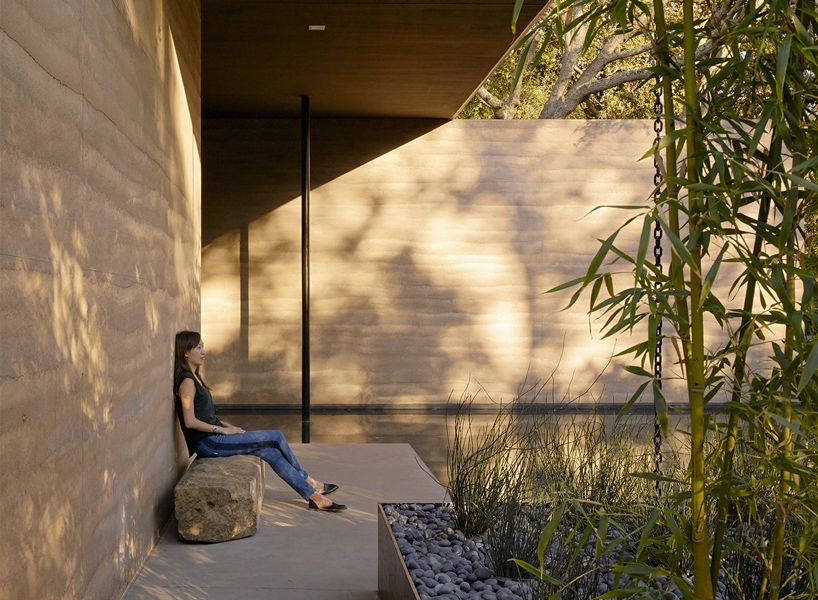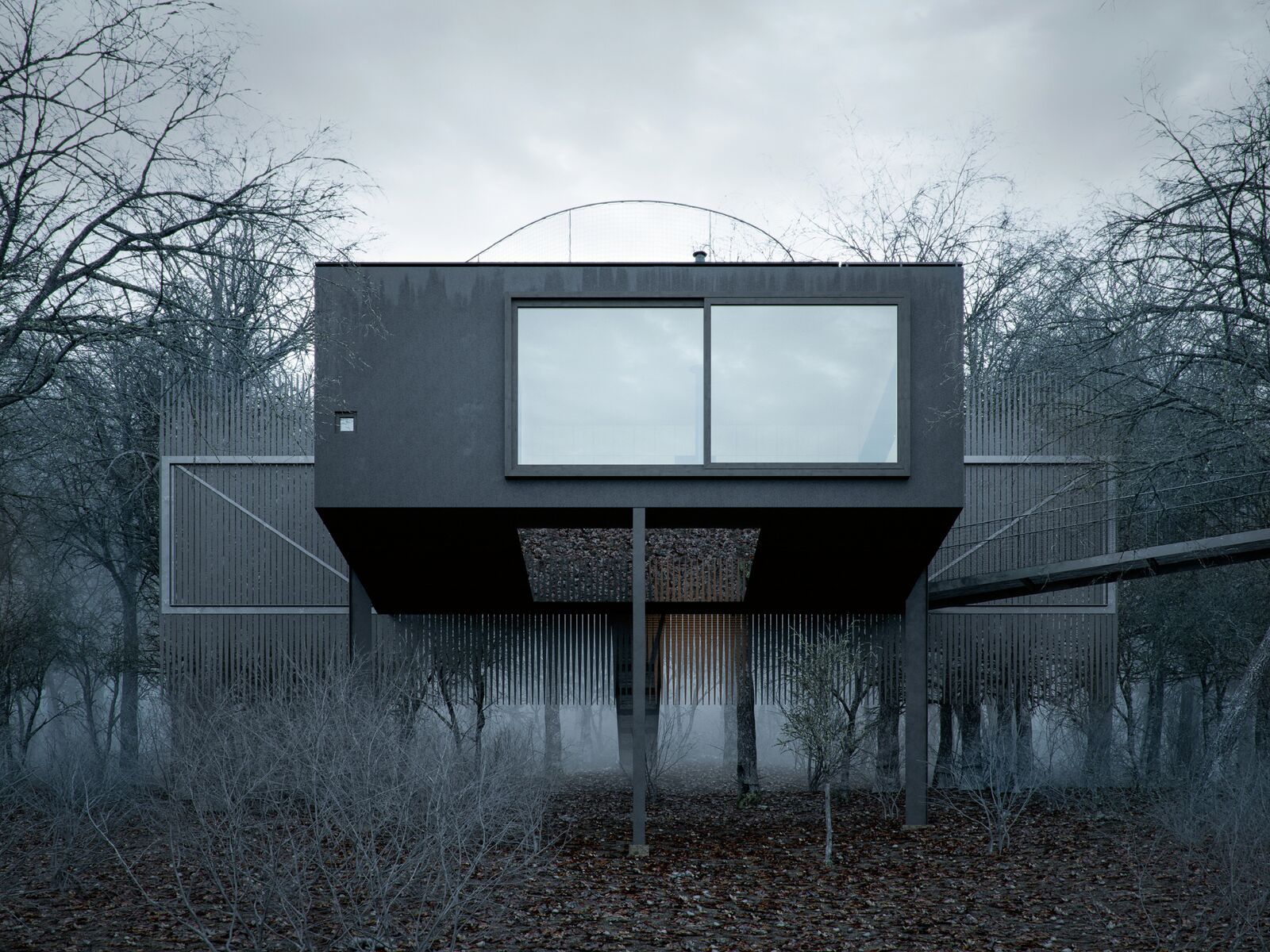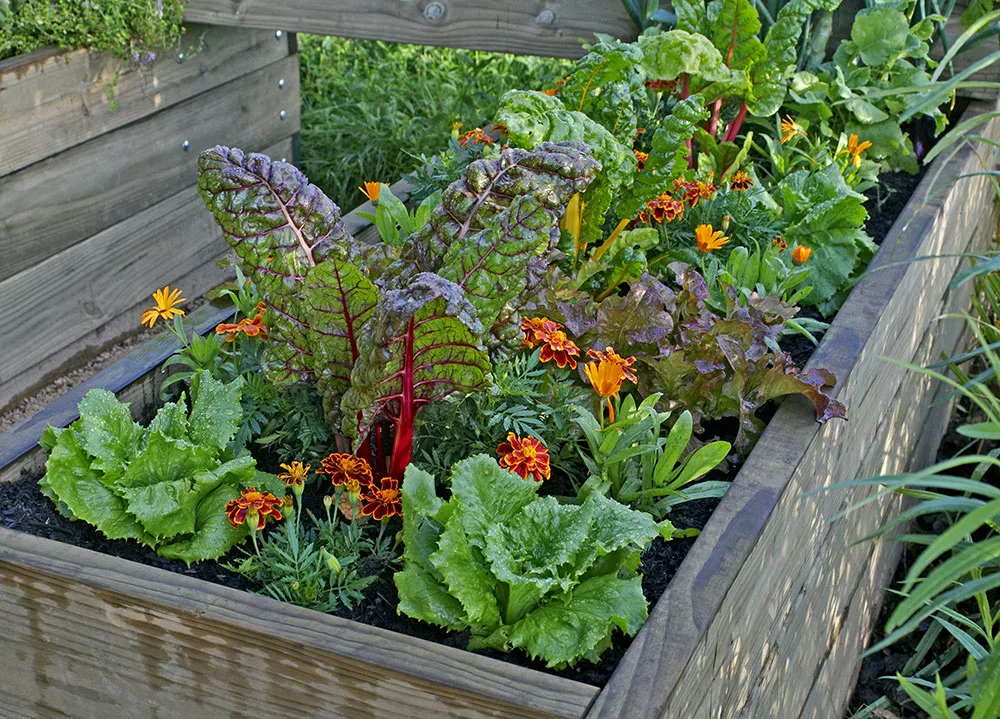
Designing Your Sanctuary: Creating a Contemplation Space for Peace and Mindfulness
In the whirlwind of modern life, with its relentless demands and constant connectivity, finding moments of stillness and introspection has become more crucial than ever. A dedicated contemplation space offers a refuge, a sanctuary where you can escape the chaos and reconnect with your inner self. It’s a place to quiet the mind, nurture your spirit, and cultivate a sense of peace. This article will guide you through the process of designing a contemplation space that is tailored to your needs and preferences, providing a haven for mindfulness and self-discovery.
Understanding the Essence of a Contemplation Space
Before diving into the practical aspects of design, it’s essential to understand the underlying purpose of a contemplation space. It’s not merely a room or corner; it’s a carefully curated environment that supports your contemplative practices. The goal is to minimize distractions, promote relaxation, and facilitate a deeper connection with yourself. This space should evoke a sense of calm, serenity, and safety, allowing you to fully immerse yourself in the present moment.
Defining Your Contemplative Practices
The design of your contemplation space should align with your specific contemplative practices. Consider the following questions:
- What type of meditation do you practice? (e.g., mindfulness, Zen, guided meditation)
- Do you engage in other contemplative activities? (e.g., yoga, journaling, reading, prayer)
- What are your sensory preferences? (e.g., do you prefer quiet or ambient sounds, bright or dim lighting, specific scents?)
- How much space do you need? (e.g., for sitting, standing, or lying down)
- What time of day will you primarily use the space?
Your answers will inform your design choices, from the furniture and decor to the lighting and sound elements. Tailoring the space to your practices ensures it effectively supports your journey towards inner peace.
Choosing the Right Location
The location of your contemplation space is paramount to its effectiveness. Ideally, it should be a space that is:
- Quiet: Minimizing noise from traffic, neighbors, or household activities is crucial.
- Private: A space where you can be alone and undisturbed.
- Well-ventilated: Fresh air can enhance relaxation and focus.
- Comfortable: The temperature and environment should be conducive to relaxation.
- Naturally lit (optional): Natural light can boost mood and energy levels, but ensure it can be controlled.
Consider these options:
- A spare room: This offers the most flexibility for design and personalization.
- A corner of a room: Utilize an underused area and create a defined zone.
- A screened-in porch or balcony: Connect with nature while maintaining privacy.
- A walk-in closet (with modifications): A small, intimate space can be ideal for focused contemplation.
Regardless of the location, ensure it feels separate from the areas where you conduct your daily tasks to maintain a clear boundary.
Essential Elements for Your Contemplation Space
Once you’ve chosen the location, it’s time to consider the essential elements that will transform it into a sanctuary. These elements work synergistically to create a supportive and enriching environment.
Comfortable Seating
The seating arrangement is a cornerstone of your contemplation space. Choose seating that supports your preferred posture and promotes comfort:
- Meditation cushions: Zafus and zabutons offer excellent support for seated meditation.
- Chairs: Opt for a comfortable chair with good back support.
- Floor cushions: Large floor cushions or a low-profile sofa can encourage relaxation.
- Blankets and throws: Soft blankets add warmth and comfort, especially during cooler weather.
The goal is to create a posture that allows you to sit comfortably for extended periods without strain.
Lighting
Lighting significantly impacts the ambiance of your space. Consider these options:
- Natural light: If possible, incorporate natural light, but ensure it can be controlled with curtains or blinds.
- Ambient lighting: Use soft, indirect lighting to create a calming atmosphere. Consider lamps with warm-toned bulbs or dimmable lights.
- Candles: Candles can add a sense of warmth and serenity. Use them safely and responsibly.
- Salt lamps: Himalayan salt lamps emit a soft, warm glow and are believed to have air-purifying properties.
Experiment with different lighting options to find what best suits your needs and preferences.
Colors and Decor
Colors and decor play a vital role in setting the mood of your contemplation space. Choose colors that evoke a sense of peace and tranquility:
- Neutral colors: Soft whites, grays, and beiges create a calming backdrop.
- Earthy tones: Browns, greens, and blues connect you with nature and promote a sense of grounding.
- Pastel shades: Soft pinks, lavenders, and blues can create a serene atmosphere.
Incorporate decor elements that resonate with you:
- Artwork: Choose artwork that inspires you, such as nature scenes, abstract art, or spiritual symbols.
- Plants: Indoor plants can purify the air and add a touch of nature.
- Personal objects: Include items that have sentimental value or remind you of your goals.
- Minimalism: Avoid clutter and keep the space clean and organized.
The goal is to create a visually appealing space that supports your sense of well-being.
Sound and Scent
Sound and scent can significantly impact your contemplative experience.
- Sound:
- Silence: Silence is often the most effective for deep contemplation.
- Ambient sounds: Consider a white noise machine, nature sounds, or instrumental music.
- Wind chimes: Gentle wind chimes can add a touch of tranquility.
- Scent:
- Essential oils: Diffuse essential oils such as lavender, chamomile, or sandalwood to promote relaxation.
- Incense: Use incense sparingly, ensuring it doesn’t overwhelm the space.
- Air purifiers: An air purifier can keep the air fresh and clean.
Choose sounds and scents that enhance your sense of calm and promote relaxation.
Technology Considerations
While the primary goal is to disconnect, technology can sometimes be incorporated thoughtfully:
- Timer: Use a timer to track your meditation sessions.
- Meditation apps: Guided meditation apps can provide structure and support.
- Music player: A music player for ambient sounds or instrumental music.
- Keep it minimal: Avoid distractions like phones or computers.
The key is to use technology mindfully and ensure it enhances, rather than detracts from, your contemplative experience.
Creating a Budget and Timeline
Designing a contemplation space doesn’t have to break the bank. Establish a budget and timeline to guide your project:
- Set a budget: Determine how much you’re willing to spend on furniture, decor, and other elements.
- Prioritize: Focus on essential elements first, such as comfortable seating and lighting.
- Shop around: Compare prices and look for sales.
- DIY projects: Consider DIY projects to save money and personalize your space.
- Set a timeline: Give yourself a realistic timeline for completing the project.
Breaking down the project into manageable steps will make it less daunting and more enjoyable.
Maintenance and Rituals
Once your contemplation space is complete, it’s important to maintain it and establish rituals to maximize its benefits:
- Keep it clean and organized: Regular cleaning and decluttering will maintain a sense of calm.
- Use it regularly: Make time for contemplation in your daily or weekly routine.
- Experiment with rituals: Incorporate rituals that enhance your practice, such as lighting a candle, saying a prayer, or journaling.
- Adapt and evolve: Your needs and preferences may change over time. Be open to adapting your space as needed.
By incorporating these practices, you can ensure your contemplation space remains a source of peace and inspiration for years to come.
Common Mistakes to Avoid
To ensure your contemplation space is truly effective, avoid these common mistakes:
- Over-cluttering: A cluttered space can be distracting and counterproductive.
- Ignoring your needs: Design the space to suit your specific practices and preferences.
- Lack of comfort: Ensure the space is comfortable and inviting.
- Poor lighting: Harsh lighting can hinder relaxation.
- Ignoring sound: Excessive noise can disrupt your practice.
By being mindful of these pitfalls, you can create a space that truly supports your journey towards inner peace.
Inspiring Examples of Contemplation Spaces
To further inspire your design, here are some examples of contemplation spaces:
- Minimalist meditation room: A simple room with a meditation cushion, soft lighting, and a single piece of artwork.
- Nature-inspired sanctuary: A space filled with plants, natural light, and earthy tones.
- Cozy reading nook: A comfortable chair, a bookshelf, and a warm blanket.
- Outdoor meditation garden: A quiet corner in your garden with a bench or meditation platform.
Draw inspiration from these examples and adapt them to your own needs and preferences.
The Transformative Power of a Contemplation Space
Designing a contemplation space is an investment in your well-being. It’s a commitment to creating a sanctuary where you can cultivate mindfulness, reduce stress, and deepen your connection with yourself. By following the guidelines in this article, you can create a space that supports your journey towards inner peace and a more fulfilling life. The benefits are far-reaching, extending beyond moments of meditation to impact your overall outlook, relationships, and daily experiences.
Beyond the Basics: Personalizing Your Space
While the core elements of a contemplation space are crucial, it’s the personal touches that truly transform it into your sanctuary. Think about what brings you joy, what inspires you, and what makes you feel most at peace. Here are some ideas for personalizing your space:
- Photographs: Display photos of loved ones, places that bring you joy, or images that inspire you.
- Books and journals: Keep your favorite books, journals, and inspirational texts within easy reach.
- Crystals and gemstones: Incorporate crystals and gemstones that resonate with you, such as amethyst for peace or rose quartz for love.
- Religious or spiritual objects: Include items that are meaningful to your faith or spiritual practice.
- Handmade items: Display artwork, crafts, or other handmade items that reflect your personality and creativity.
The goal is to create a space that is uniquely yours, a reflection of your inner self and your aspirations.
Maintaining Your Contemplation Space: A Ritual of Self-Care
Your contemplation space is not a static entity; it’s a living, breathing part of your life that requires ongoing care and attention. Think of maintaining your space as a ritual of self-care:
- Regular cleaning: Dusting, vacuuming, and tidying up your space on a regular basis will keep it fresh and inviting.
- Decluttering: Periodically remove items that no longer serve you or that clutter the space.
- Refreshing the decor: Change up the decor seasonally or whenever you feel the need for a fresh perspective.
- Adding new elements: Incorporate new items that inspire you or that support your evolving needs.
- Spending time in the space: Simply spending time in your contemplation space, even if you’re not actively meditating, will help you maintain a sense of peace and connection.
By treating your contemplation space with care and attention, you’ll ensure it remains a source of comfort, inspiration, and renewal for years to come.
Integrating Your Contemplation Space into Your Daily Life
The true value of your contemplation space lies in its ability to integrate seamlessly into your daily life. It’s not just a place to visit occasionally; it’s a resource that can support you in navigating the challenges and opportunities of everyday living. Here’s how to make it a part of your daily routine:
- Set aside dedicated time: Schedule time each day or week to spend in your contemplation space.
- Use it for various practices: Explore different contemplative activities, such as meditation, yoga, journaling, or simply quiet reflection.
- Bring it into your work life: If possible, create a small contemplation corner in your office or workspace.
- Share it with others: Invite loved ones to join you in your space, creating a shared experience of peace and connection.
- Use it as a retreat: When you’re feeling stressed or overwhelmed, retreat to your space for a moment of calm and reflection.
By consciously integrating your contemplation space into your daily life, you’ll cultivate a sense of inner peace and resilience that will serve you well in all aspects of your life.
Embracing the Journey: The Evolving Nature of Your Contemplation Space
Designing and maintaining a contemplation space is not a one-time project; it’s an ongoing journey of self-discovery and refinement. Your needs and preferences will likely evolve over time, and your space should evolve with you. Be open to adapting your design, experimenting with new practices, and incorporating new elements that support your growth. The key is to embrace the process, to view your contemplation space as a living entity that reflects your inner journey. As you evolve, so will your sanctuary, becoming an even more profound source of peace, inspiration, and self-discovery.
Creating a contemplation space is more than just decorating a room; it’s crafting a personal haven. It’s about designing a space that nurtures your inner world. By carefully considering your needs, preferences, and practices, you can create a sanctuary that empowers you to navigate the complexities of life with greater ease, clarity, and grace. Embrace the journey, and allow your contemplation space to be a constant reminder of your commitment to your well-being.

